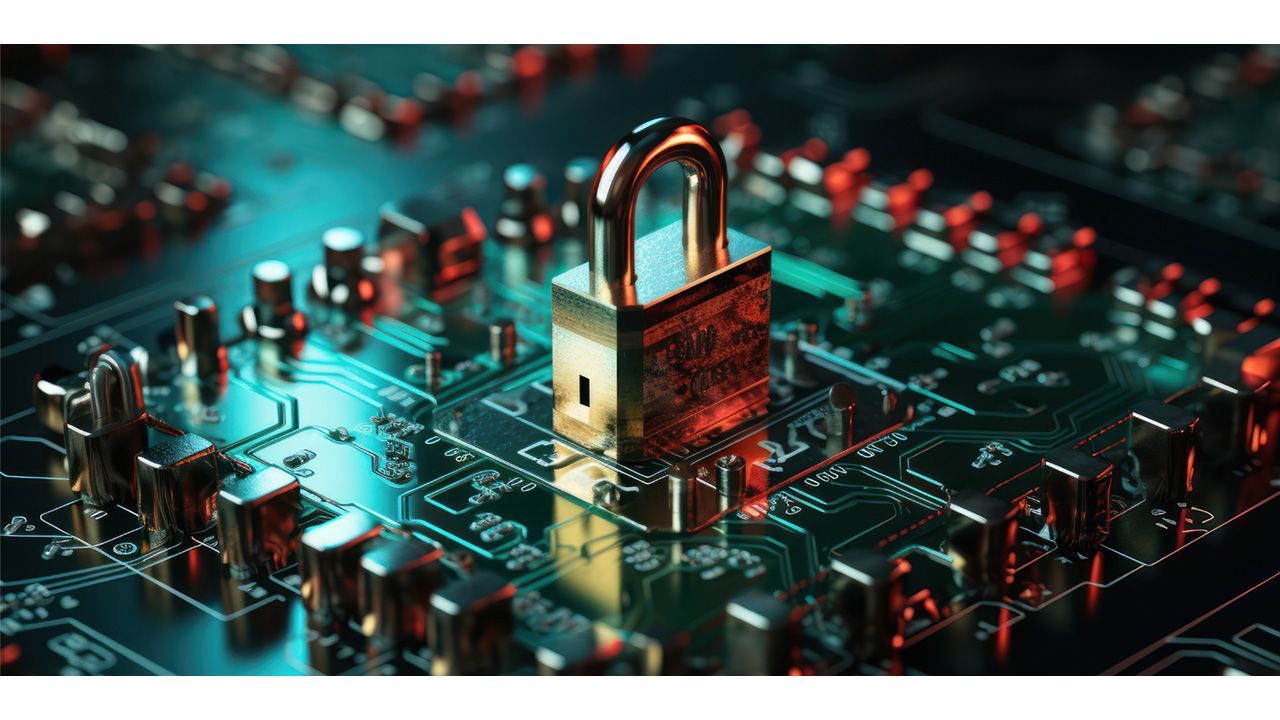Network Security in the Modern Era
In today's digitally interconnected world, where data is the lifeblood of organizations, network security stands as a fortress safeguarding against a barrage of threats. The relentless rise of cyberattacks, data breaches, and unauthorized access underscores the critical need for robust network security practices.
Importance of Network Security in the Modern Era
Network security has become an absolute imperative. From confidential business transactions and sensitive customer information to critical infrastructure control, every facet of our lives relies on the resilience of network security. A single breach can have catastrophic consequences, both financially and reputationally.
The stakes are high, and the adversaries are relentless. Hackers and cybercriminals employ sophisticated tactics, continually probing for vulnerabilities. This escalation in threats necessitates a multi-faceted approach to security that encompasses both physical and digital safeguards. We will highlight the benefits of specialized security products, meticulously engineered to safeguard against tampering, unauthorized access, and data breaches. By examining physical and digital security protocols, we aim to empower organizations with the knowledge and tools they need to secure their networks comprehensively and with confidence.
Physical Security in Network Defense
Definition and Importance of Physical Security in Network Security
Physical security forms the foundational layer of network security. It is the safeguarding of hardware, equipment, personnel, and physical assets from unauthorized access, theft, damage, or compromise. In the context of network security, physical security measures are vital because they provide the first line of defense against potential threats.
Physical security ensures that the physical infrastructure supporting network systems remains intact, preventing unauthorized individuals from gaining access to sensitive areas or tampering with critical equipment.
Examples of Physical Security Measures
-
Controlled Access to Server Rooms: Server rooms, housing the core infrastructure of an organization's network, are among the most critical areas to protect physically. Access is often restricted through secure doors, key card systems, or biometric authentication.
-
FIPS Labels and Tamper-Evident Labels: Tamper-evident labels are used to seal valuable assets, such as hardware components or packaging, with a clear indication of tampering. If someone attempts to breach the seal, visible evidence of tampering becomes apparent.
-
Padjack Computer Port Seals: Padjack Computer Port Seals provide an additional layer of physical security for computer ports and connectors. They prevent unauthorized access and tampering of network connections by sealing them effectively.
The Cyber Shield: Digital Security Measures
Definition and Importance of Digital Security in Network Security
Digital security, often referred to as cybersecurity, is the practice of protecting digital data, information systems, and networks from unauthorized access, cyberattacks, and data breaches. In the modern landscape, digital security plays a pivotal role in network security as it safeguards the integrity, confidentiality, and availability of data and systems.
The importance of digital security lies in its ability to shield against an array of digital threats, including malware, phishing, hacking attempts, and data theft, which have become increasingly sophisticated and prevalent.
Examples of Digital Security Measures
-
Firewalls and Intrusion Detection Systems (IDS): Firewalls act as barriers between a private network and external threats, filtering incoming and outgoing traffic to block unauthorized access. Intrusion Detection Systems (IDS) monitor network traffic for suspicious activity, alerting administrators to potential threats in real-time.
-
Encryption and Secure Communication Protocols: Encryption transforms data into an unreadable format, ensuring that even if unauthorized individuals gain access, they cannot decipher sensitive information. Secure communication protocols, such as SSL/TLS, protect data during transmission over networks.
-
Access Control and User Authentication: Access control systems restrict entry to authorized users only. User authentication methods like passwords, multi-factor authentication (MFA), and biometrics ensure that individuals are who they claim to be before granting access.
Bridging the Gap Between Physical and Digital Security
Key Differences Between Physical and Digital Security Protocols
-
Tangibility vs. Virtuality: Physical security is tangible and involves physical barriers and measures that can be seen and touched, while digital security operates in the virtual realm, focusing on protecting data and information.
-
Ease of Implementation and Scalability: Digital security measures are often easier to implement and scale as they don't require physical installations. Adding new users or devices to a digital security system is generally more straightforward than expanding physical security infrastructure.
-
Synergy Between Physical and Digital Security: The most robust network security strategies often combine physical and digital security measures to create a comprehensive defense. The synergy between these two approaches enhances overall
Achieving a Comprehensive Network Security Strategy
Achieving a comprehensive network security strategy necessitates a seamless blend of physical and digital security measures. Key elements of this strategy include:
Risk Assessment: Conduct a thorough risk assessment to identify vulnerabilities, both physical and digital, within the organization
Customized Solutions: Tailor security solutions to the specific needs of the organization, considering the nature of the data, the physical assets, and the digital infrastructure.
Collaboration: Foster collaboration between team members and IT teams to ensure alignment in security objectives and strategy.
Regular Audits and Updates: Continuously monitor and evaluate the effectiveness of integrated security measures. Regularly update policies, procedures, and technology to adapt to evolving threats.
Unveiling the Network Security Paradigm
Emphasizing the Benefits of Security Products
As you consider fortifying your network security, it's essential to remember that the right security products can make all the difference. Tamper-evident labels, access control systems, intrusion detection software, encryption tools—the array of security solutions available today is vast. These solutions are not just assets but strategic allies in your mission to safeguard critical assets and data.
Take Action: Strengthening Your Network Security Today
To embark on the path of enhanced network security, we invite you to explore a diverse range of security solutions available in the market. By carefully assessing your specific security requirements, you can select the products and measures that best suit your organization's needs.
Contact Information and Links to Relevant Products and Resources
For more information on security products and expert guidance visit novavisioninc.com.
Your commitment to network security is a testament to your organization's resilience, and we look forward to being your trusted partner on this journey towards a safer, more secure future.









